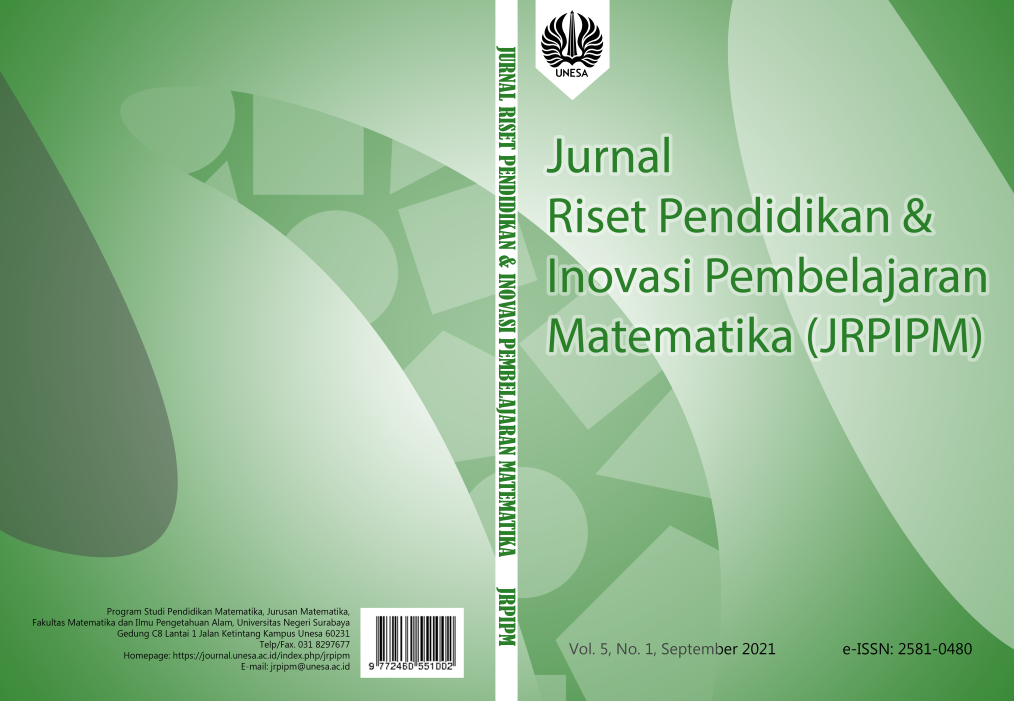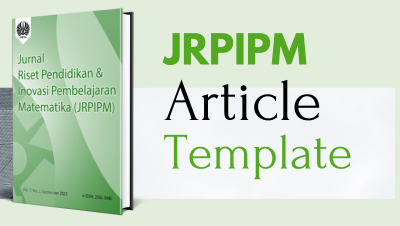Levels of Students Mathematics Literacy Using Indonesian Culture Context
DOI:
https://doi.org/10.26740/jrpipm.v5n1.p1-19Abstract
Mathematics literacy becomes an important component to be able to build 21st century skills. Indonesian culture contexts is used because culture is closely related to the environment and daily lives of students. The aim of this research was to describe the achieving level of mathematics literacy of students using Indonesian culture contexts. This was descriptive research with a qualitative approach. Four students in eighth grade with high mathematical ability and average mathematical ability were chosen to be the subjects from this research. The data was collected by test and interview. The instrument in this research was mathematics literacy test used Indonesian culture context with level 1 to 6 and interview guidelines. The analysis result showed that A1 and A2 (students with average mathematical ability) can achieve at level 3 mathematics literacy indicators. While H1 (student with high mathematical ability) achieve at level 3 mathematics literacy indicators, then H2 (student with high mathematical ability) can achieve at level 4 mathematics literacy indicators. In this research all of the students still cannot achieve at level 5 and level 6 mathematics literacy.References
OECD, Literacy, Financial Solving, Collaborative Problem. 2017.
W. S. Know and C. A. N. Do, What Students Know and Can Do, vol. I. 2019.
Downloads
Published
2022-01-28
How to Cite
Murdy, R., & Ekawati, R. (2022). Levels of Students Mathematics Literacy Using Indonesian Culture Context. Jurnal Riset Pendidikan Dan Inovasi Pembelajaran Matematika, 5(1), 1–19. https://doi.org/10.26740/jrpipm.v5n1.p1-19
Issue
Section
Articles
License
Copyright (c) 2021 Jurnal Riset Pendidikan dan Inovasi Pembelajaran Matematika (JRPIPM)

This work is licensed under a Creative Commons Attribution 4.0 International License.
 Abstract views: 442
,
Abstract views: 442
, PDF Downloads: 462
PDF Downloads: 462






